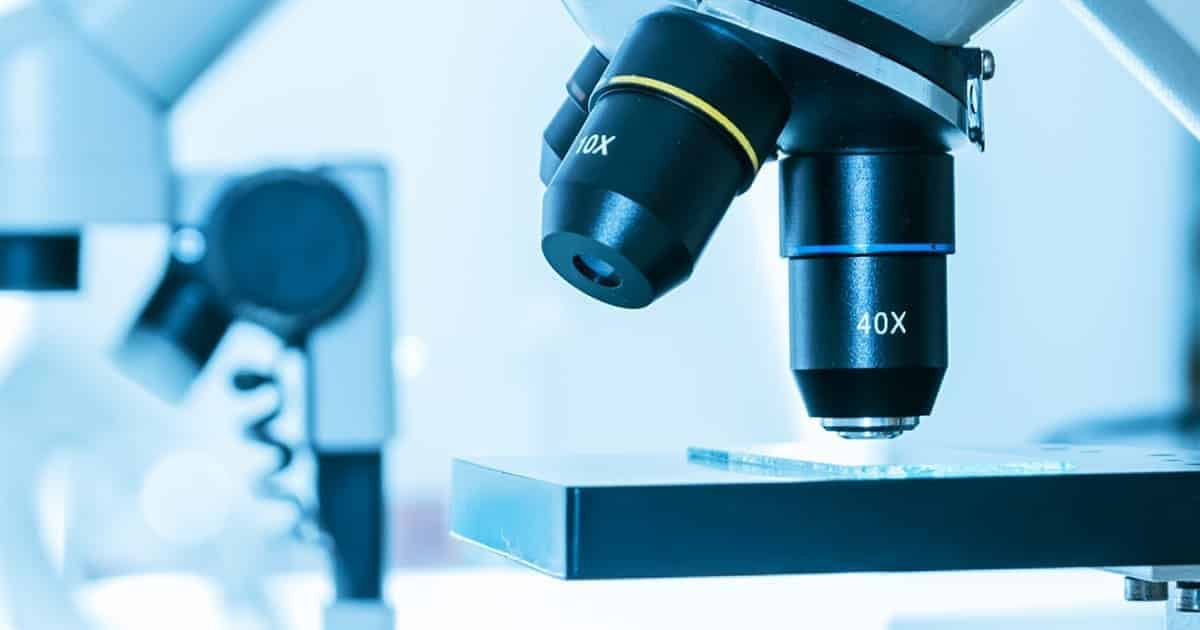
All metals have scientific properties that make them unique to industries and to the earth. While there are many metals in existence, precious metals play a significant role in investing, collecting, and other financial situations.
Some of these properties may not have been covered in your science class growing up, but they offer a glimpse into the metals’ importance.
Gold
| Gold | |
| Symbol | Au |
| Atomic Number | 79 |
| Density (g/cm-3) | 19.32 |
| Melting Point | 1947.52 F |
| Boiling Point | 5137 F |
Gold is a good conductor of heat and energy. Many collectors and investors enjoy gold because of its value and beautiful luster. Gold is largely unaffected by air and reagents, which provides gold with longevity as a metal. Of all precious metals, gold is the softest in terms of malleability.
Silver
| Silver | |
| Symbol | Ag |
| Atomic Number | 47 |
| Density (g/cm-3) | 10.503 |
| Melting Point | 1763.2 F |
| Boiling Point | 39224 F |
Silver is highly ductile, which makes it a popular metal for industrial needs. Electrical applications like filaments and energy production utilize silver as an important source of energy because it has the highest conductivity of any metal. Because of the less volatile nature of silver and its high tolerance to air exposure, silver is less likely to fade, tarnish, or break down. Environmental factors are important to consider when buying silver.
Platinum
| Platinum | |
| Symbol | Pt |
| Atomic Number | 78 |
| Density (g/cm-3) | 21.5 |
| Melting Point | 3214.8 F |
| Boiling Point | 6917 F |
Platinum has the third-highest density of all elements, behind only Osmium and Iridium. This lustrous metal is often confused with silver because of the color, but the properties are vastly different. It is one of the most malleable of the precious metals, but it is also highly resistant to tarnishing and corrosion. Popular in use for jewelry because of its shiny and scratch-resistant properties. Platinum is used in many industrial applications because of its conductive features and its ability to be an alloy without being chemically volatile.
Palladium
| Palladium | |
| Symbol | Pd |
| Atomic Number | 46 |
| Density (g/cm-3) | 12.007 |
| Melting Point | 2830.82 F |
| Boiling Point | 5365 F |
Palladium is rare but is a valuable precious metal. It is used in applications that require low-voltage electrical contact. Palladium is an energy stabilizer. In the 1990s, palladium was used as a primary metal in catalytic converters to reduce vehicle emissions. The stores of this precious metal are rare, which is one of the reasons it is used as an alloy, but it also holds a key place in the industry because of its chemical properties.




